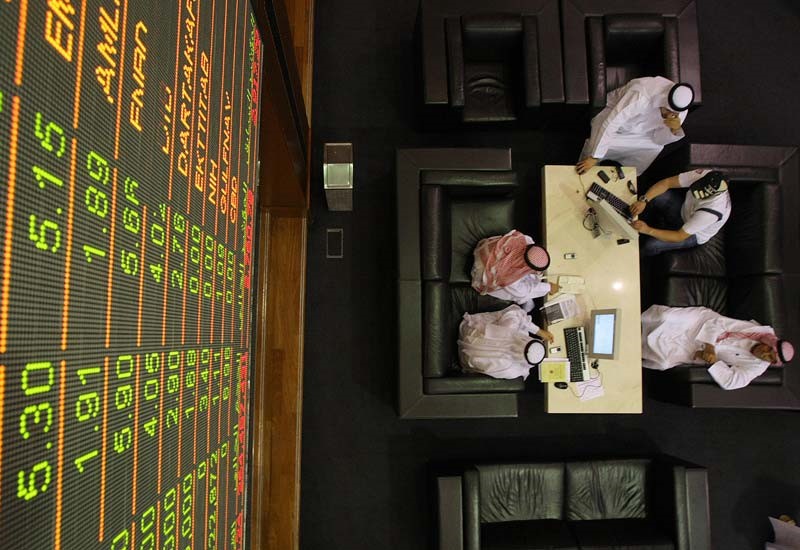Think Piece By Prof. Dr. Obiyathulla Ismath Bacha
The capital structure decision is a highly important one for corporations. Capital structure refers to the combination of debt and equity (and other hybrids) that a company uses to fund itself. Going by finance theory, each corporation has its optimal capital structure. This optimal mix of debt & equity maximises the firms’ market value by minimising its weighted average cost of capital. As debt is always cheaper than equity and has a tax shelter advantage, a firm’s cost of capital reduces as it uses more debt in lieu of equity. However, risk increases as the proportion of debt increases. It is this trade-off between risk and return/value that gives rise to a minimal point for cost and a corresponding maximum for firm value. Thus, one firm’s optimal debt/equity ratio may be 40/60 (40% debt and 60% equity) while another’s 20/80 and so on. The appropriate proportion of debt and equity is dictated by the level of a firm’s operating risk or simply the riskiness of the underlying business. A business is deemed risky if it is highly sensitive to changes in the macroeconomy/environment. The measure used in Finance to reflect this sensitivity is operating leverage – which in its simplest form, can be thought of as the proportion of fixed costs to total production cost. Businesses or industries such as airlines, hotels, power generation and the like, which have very high fixed costs and low marginal costs have high operating leverage. The break-even point for profit would also be high. Finance theory would require firms with high operating leverage to minimise financial leverage, that is, their optimal capital structure should have very little debt.
The determination of a stock’s shariah acceptability is undertaken using shariah screening filters. Stocks that pass the filter are deemed shariah-compliant and therefore eligible for Muslim investors, Islamic Mutual Funds and the like. There are currently, several screening techniques available. Internationally, there are screens provided by Dow Jones, Financial Times, Morgan Stanley, Standard and Poor’s and others. Then there are national ones, for example, the SAC (Shariah Advisory Council) of Malaysia has one for Malaysian listed stocks and Meezan Bank of Pakistan has its version. While there are numerous screening techniques, each with its own small difference, broadly they are similar. They all have two phases of evaluation. A first, qualitative phase that screens out stocks based on the acceptability of the line of business (avoid conventional banks, pork, alcohol and non-halal businesses) and a second quantitative phase that uses computed ratios from the firm’s financial statements. A key measure is the level of debt in the capital structure. Debt to total assets or debt to market capitalization is used. The idea is to avoid investing in companies that rely heavily on interest-based debt financing to fund themselves. Most screening methods use a 33% cut-off level. That is, debt should not be more than 33% of total assets or market capitalization as the case may be. Herein lies the problem.
As discussed earlier, going by finance theory, firms in risky businesses (high operating leverage), would have low levels of debt as dictated by the optimal structure, while safer businesses like food processing, retail, supermarkets and such would have higher debt. When a single cut-off point (33%) is used across all industries/businesses, an unintended outcome is the result. Since only firms with debt below 33% are selected, firms in safe industries whose optimal debt level is higher than 33% are automatically dropped. The result is an Islamic portfolio that could be suboptimal for two reasons. First, since it is the firms in riskier businesses that have low debt levels, they get included as shariah-compliant. This implies that shariah compliant portfolios will be biased towards stocks in riskier industries. Second, firms in low-risk businesses that pass the 33% filter, must, by finance theory be sub-optimal since they have underutilized debt and so are not at the optimal capital structure. These are firms that have not maximized their value.
Taken together, the implication is that shariah compliant portfolios may not be first best or be on “the efficient frontier”, a locus of points that maximise returns given risk. The many studies thus far that have empirically evaluated shariah-compliant portfolios with conventional ones have shown mixed results. This is the consequence of using a single threshold measure across all industries. Some fine-tuning to better fit the shariah screening filter for debt with finance theory may be needed.


